Sewing Glossary: Three Useful Hem Techniques
Continuing on from How To Sew Your Most Essential Four Pockets and How To Sew Your Most Essential Four Collars article, here are three most useful hem tutorials you might appreciate in one place.
Simply click on the links below to either go straight to the hem tutorial or try out any of our free patterns below to practice these skills.
Let us know in the comments below if this is useful to you and we can make similar collections of tutorials on sleeves, pleats, neck lines etc.
Hemstitch (Basic Drawn Thread Work Hand Embroidery)
Click HERE for Hemstitch tutorial.
Here is Nayila Wright’s Review of our Premium Cameron Pattern using hemstitch to decorate the dress.
How to Sew a Baby Hem
HERE is a handy how to tutorial on how to sew a baby hem, a technique primarily used whilst handling light weight fabric.
How to Hem A Curved Edge
Click HERE for how to hem a curved edge tutorial.
If you would like to try our free multi-sized printable Anca High Low Hem Pattern here is the step by step tutorial on how to make it.
Leave a comment Cancel reply
Related posts
Sewing Essentials: A Simple Guide to Common Presser Feet
There are so many different presser feet available for sewing machines, each designed with a specific purpose, whether that be creating particular stitches or working with certain fabrics. Even after almost 20 years of sewing, I still haven’t used them all. In this article, my goal is to give you a helpful introduction to what…
Sewing Essentials: A Guide to Sewing Scissors
Just like you’d use a bread knife for bread or a pizza cutter for pizza, sewing scissors are designed for different materials and tasks. From dressmaking shears and embroidery scissors to snips, pinking shears, and thread clippers, each one has its place in your sewing toolkit. There are plenty of brands to choose from too—Prym,…
An Introduction to Common Crotch Adjustments
Recently, I drafted a pattern and made a toile of a pair of drop-crotch pants. When I tried them on, I straight away noticed (and felt) they weren’t quite right. The most obvious issue was that the back crotch felt tight and pulled uncomfortably, especially when bending over. Walking also felt a little restricted, with…
How to Thread a Sewing Machine: A Beginners Guide – Part 2
Now that we’ve covered the basics of threading a sewing machine in Part 1, let’s move on to some additional functions. In Part 2, I’ll show you how to change both the needle and the presser foot. I’ll also introduce the twin needle, and share some helpful troubleshooting tips for common issues that can happen when…
SEW THIS LOOK
LATEST COMMENTS
- Tutorial: Block Printed Kitchen Towels
21 Feb 2023 @ 6:13 am by 33 Tea Towel Crafts - HelthDestiny - The Fabric of the Renaissance
01 Dec 2020 @ 1:00 am by Who Is The Patron Saint Of Sickness? Turning To St. Roch For Healing » SymbolofFaith.shop - How to Take Your Body Measurements: A Concise Guide
23 Jun 2024 @ 12:59 am by Fitness 101: How To Support Your Body Transformation For Better Appearances • The Havok Journal - Caring for Linen: How to Wash, Dry, Iron and Remove Stains
10 Sep 2020 @ 1:00 am by Lviefent Rust Zip Mini Dress Review: Casual Comfort & Style Explored - How to Pre-Wash Fabric: A Simple Guide
03 Nov 2024 @ 9:37 am by How to Make a Cloth Doll | Easy Steps (2025)
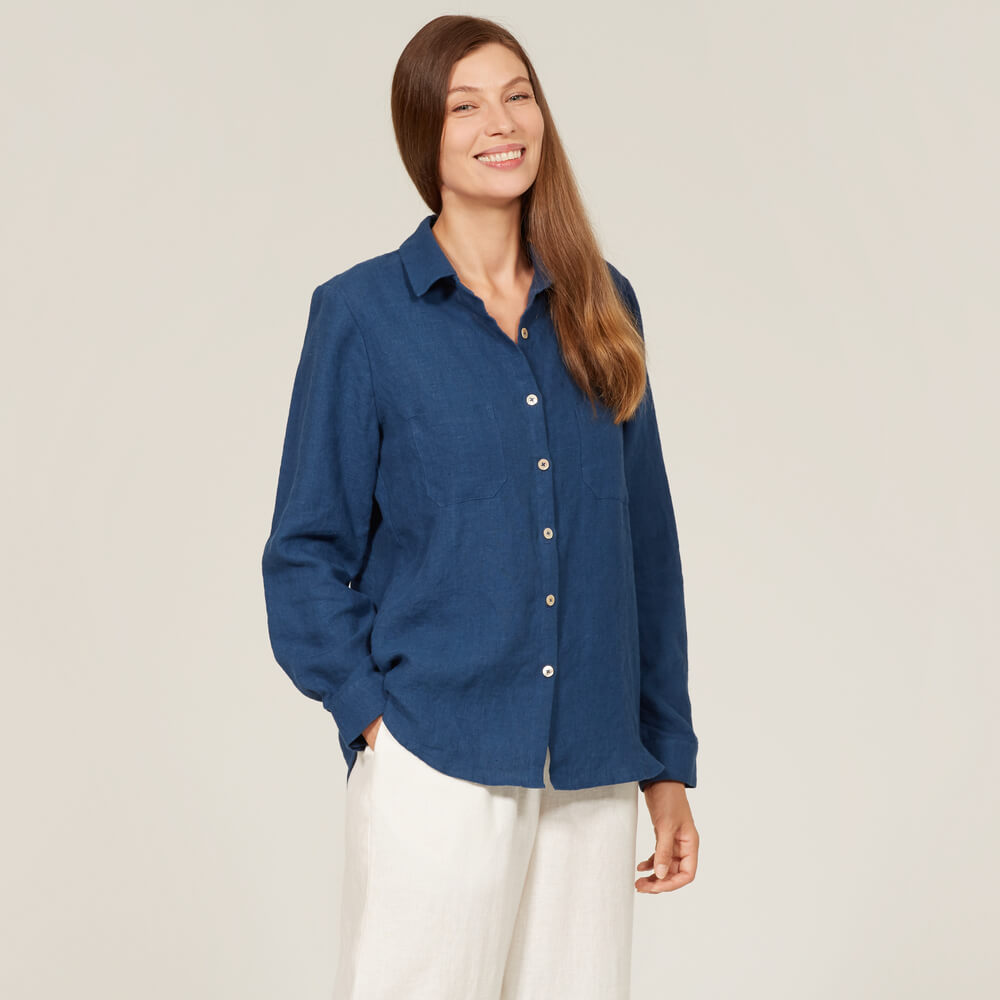

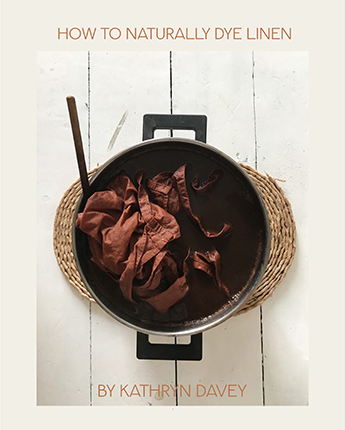
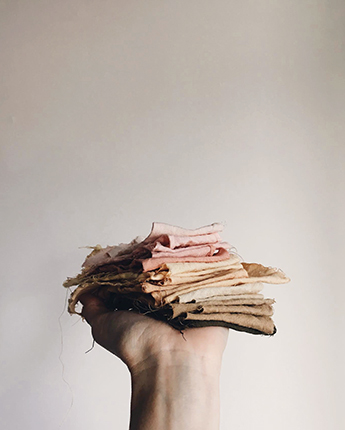

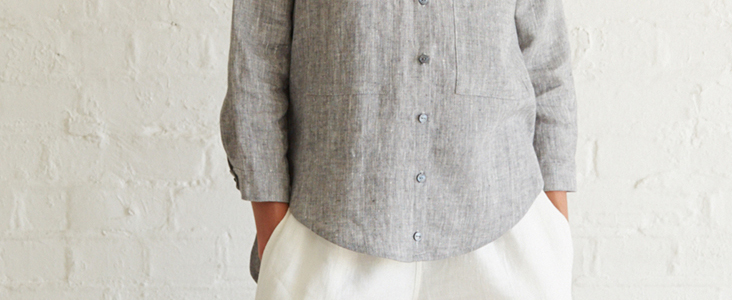
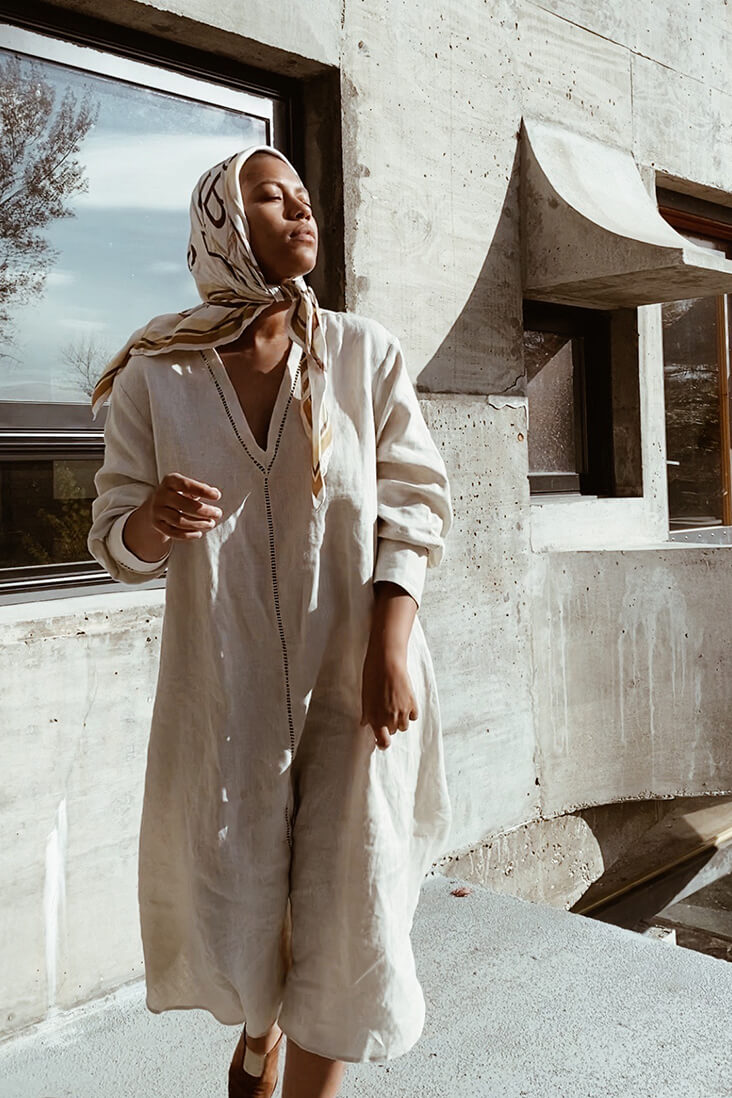
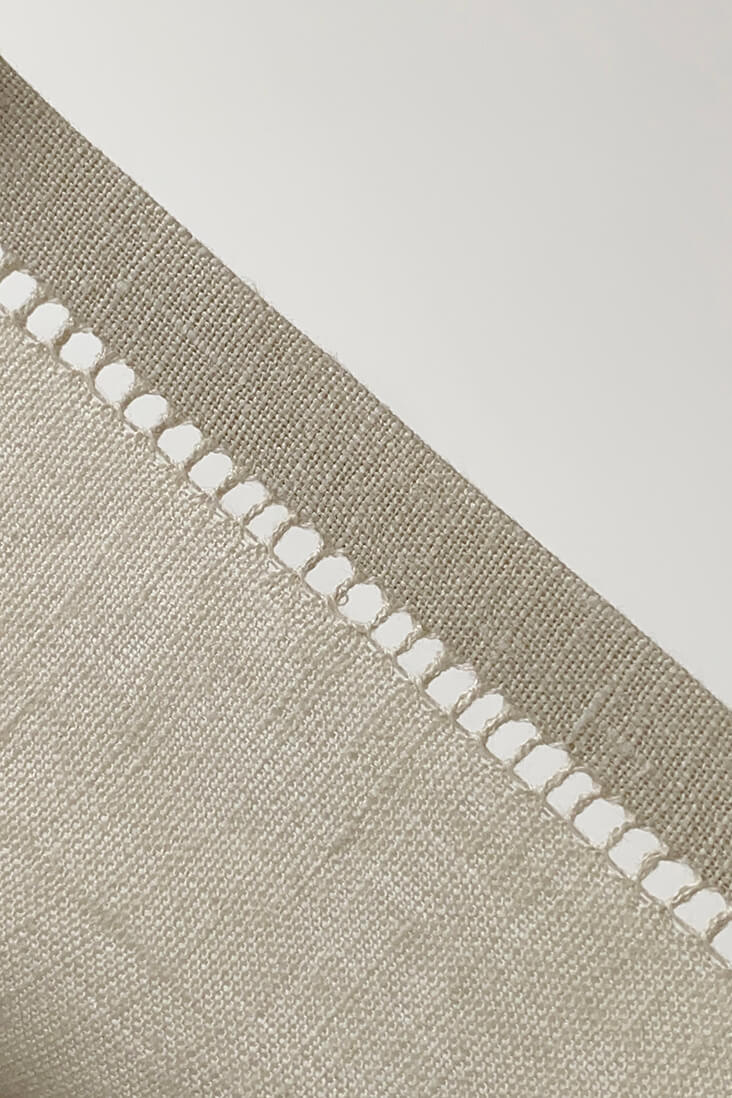
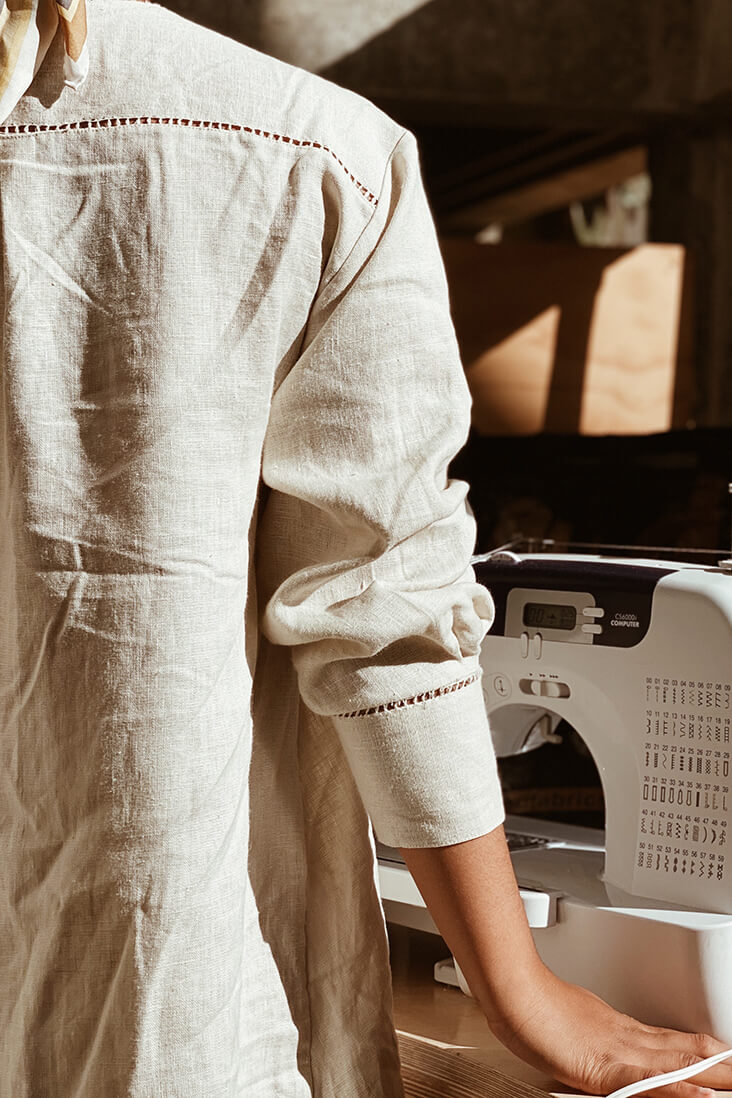
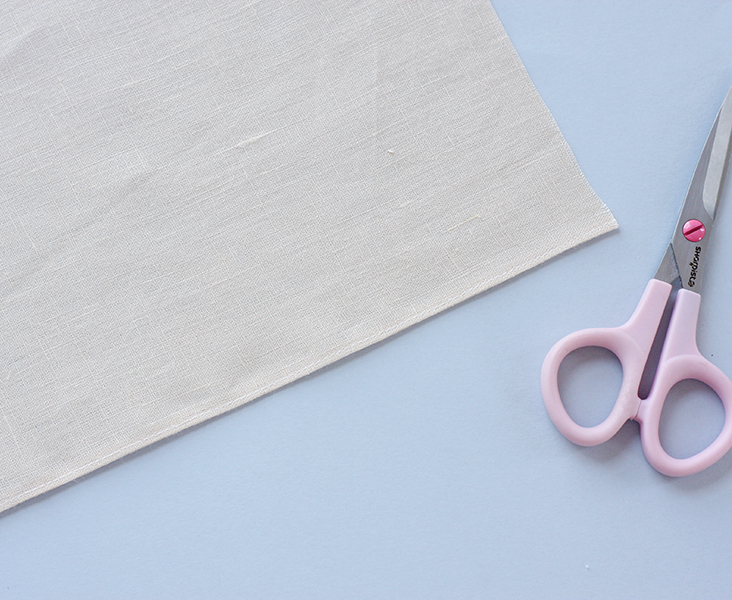

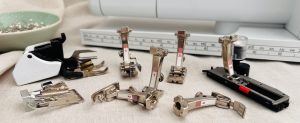
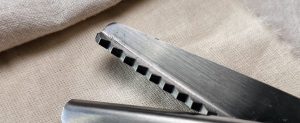
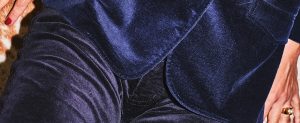
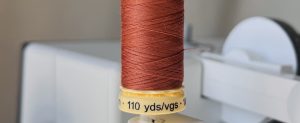

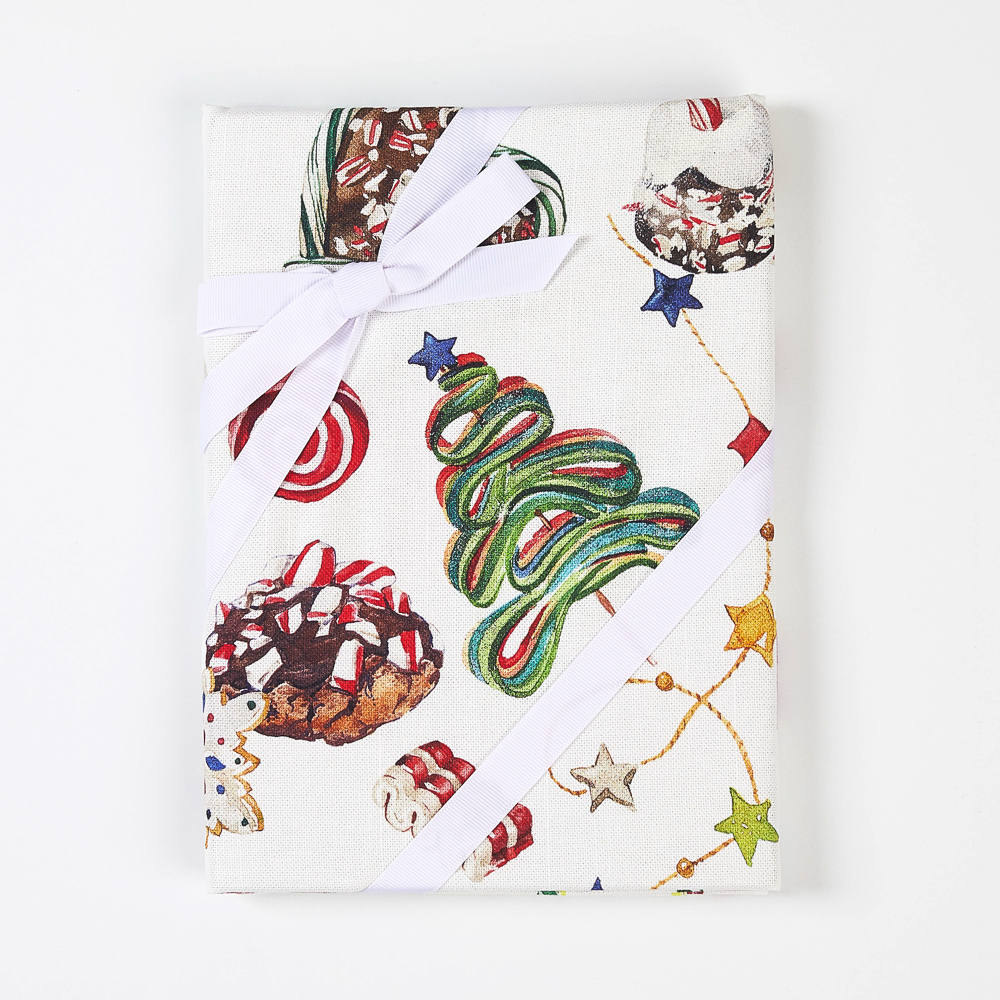

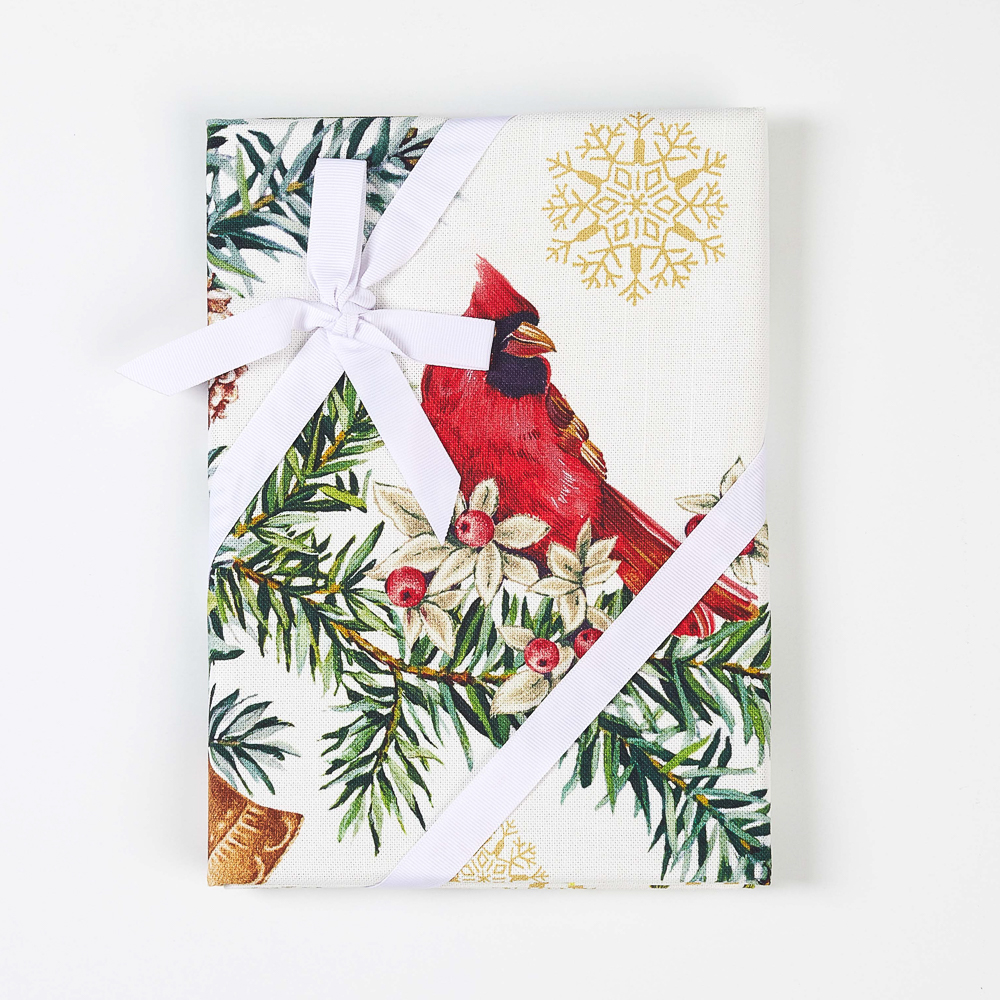
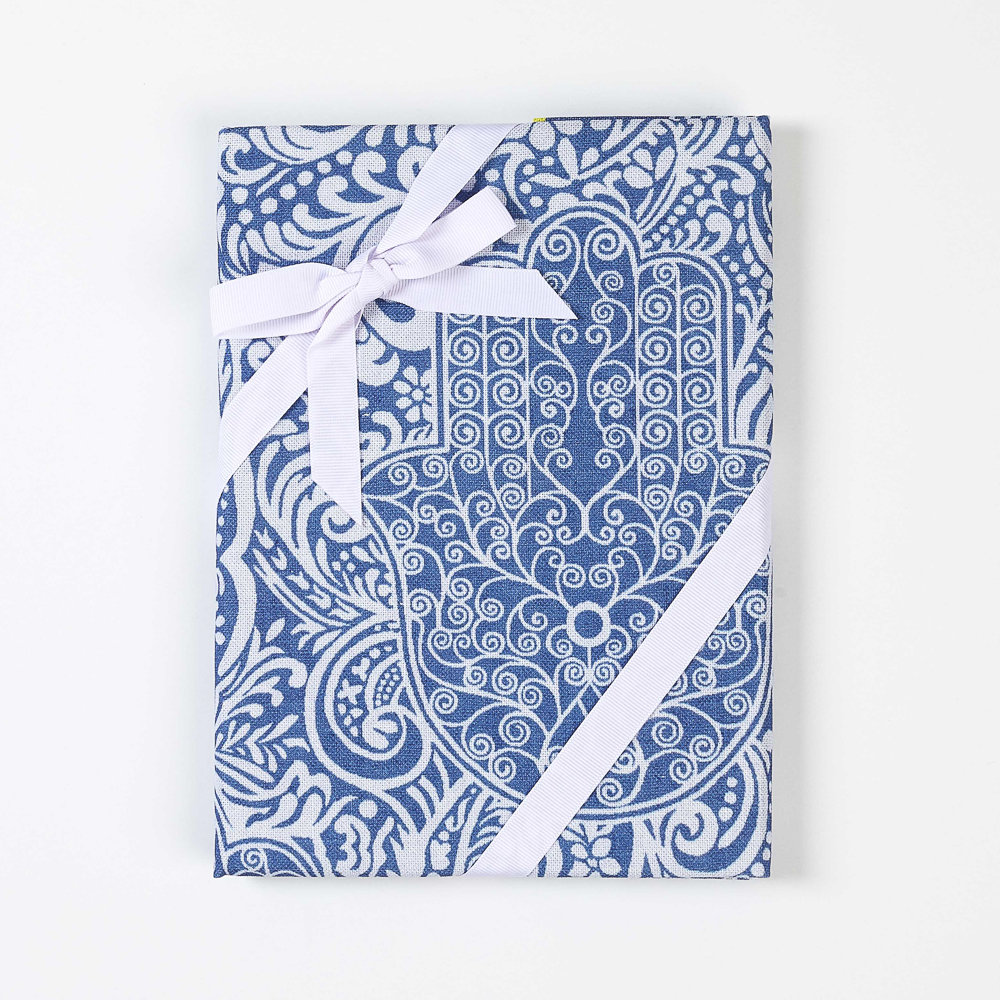
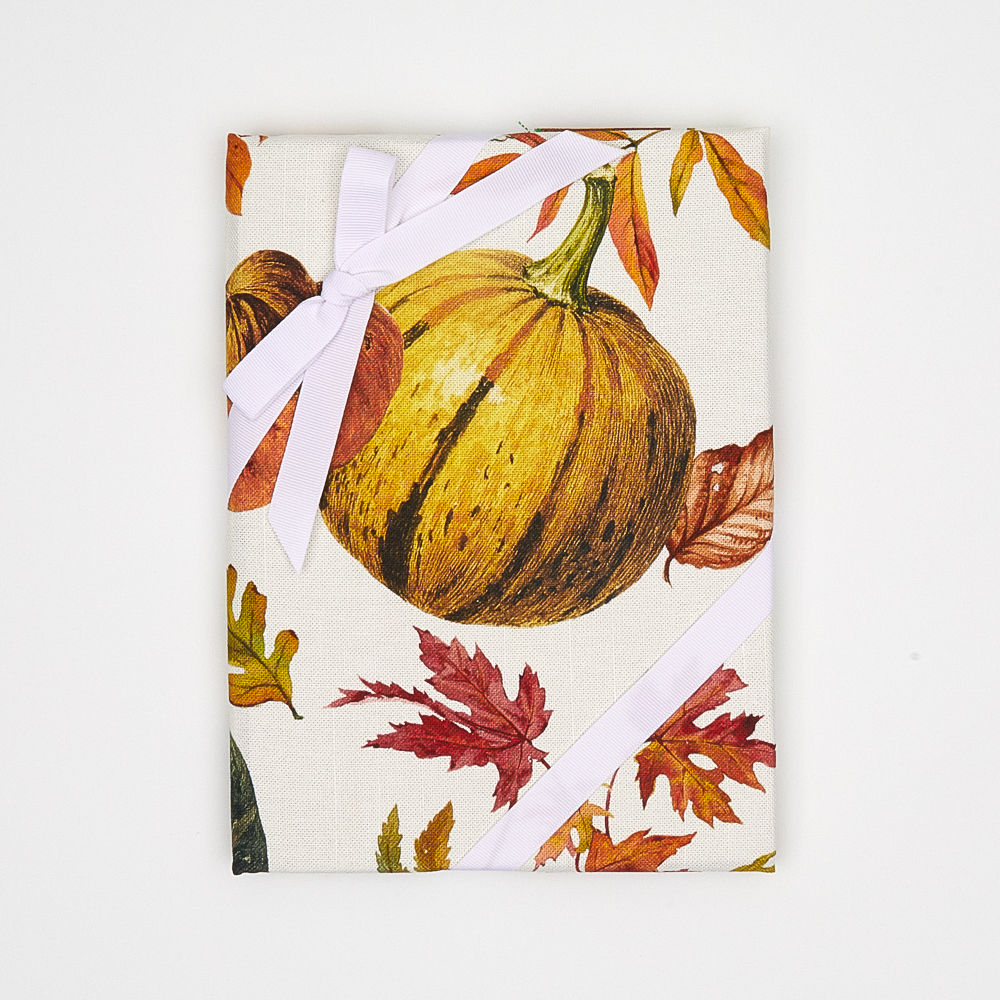

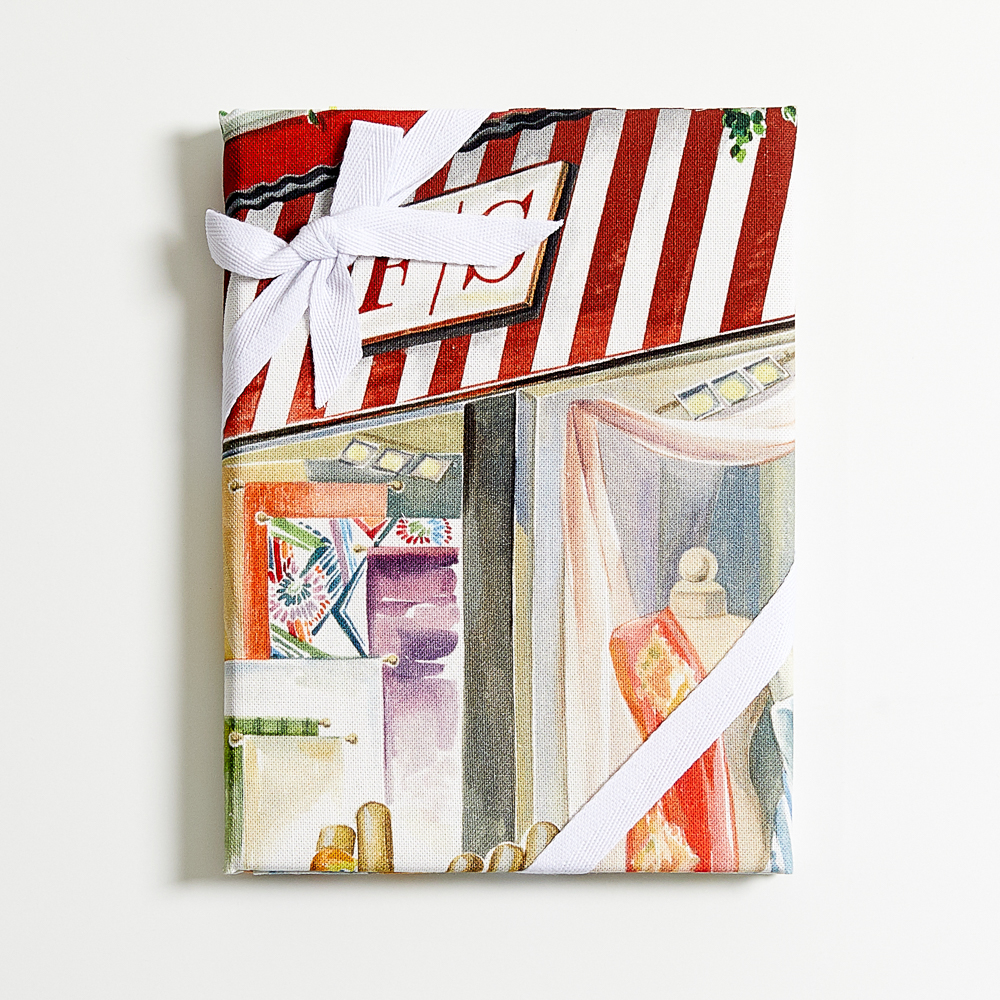
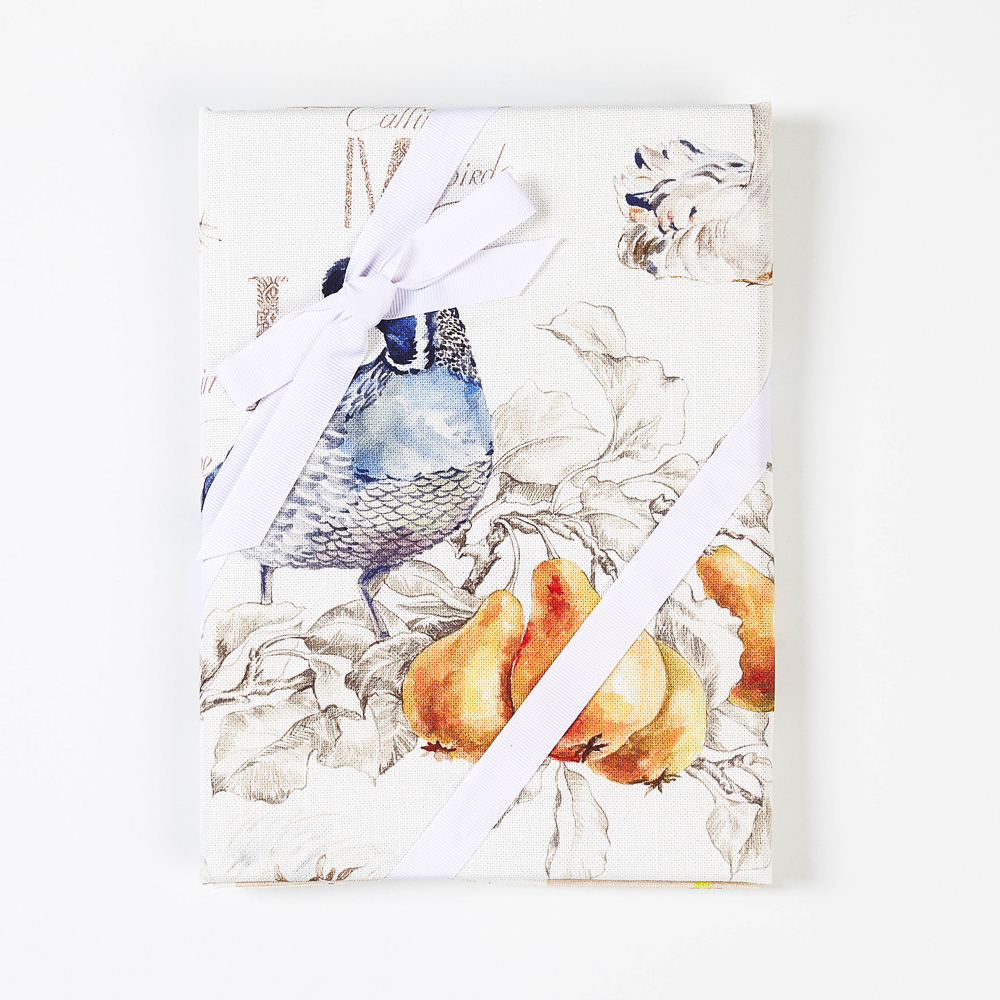
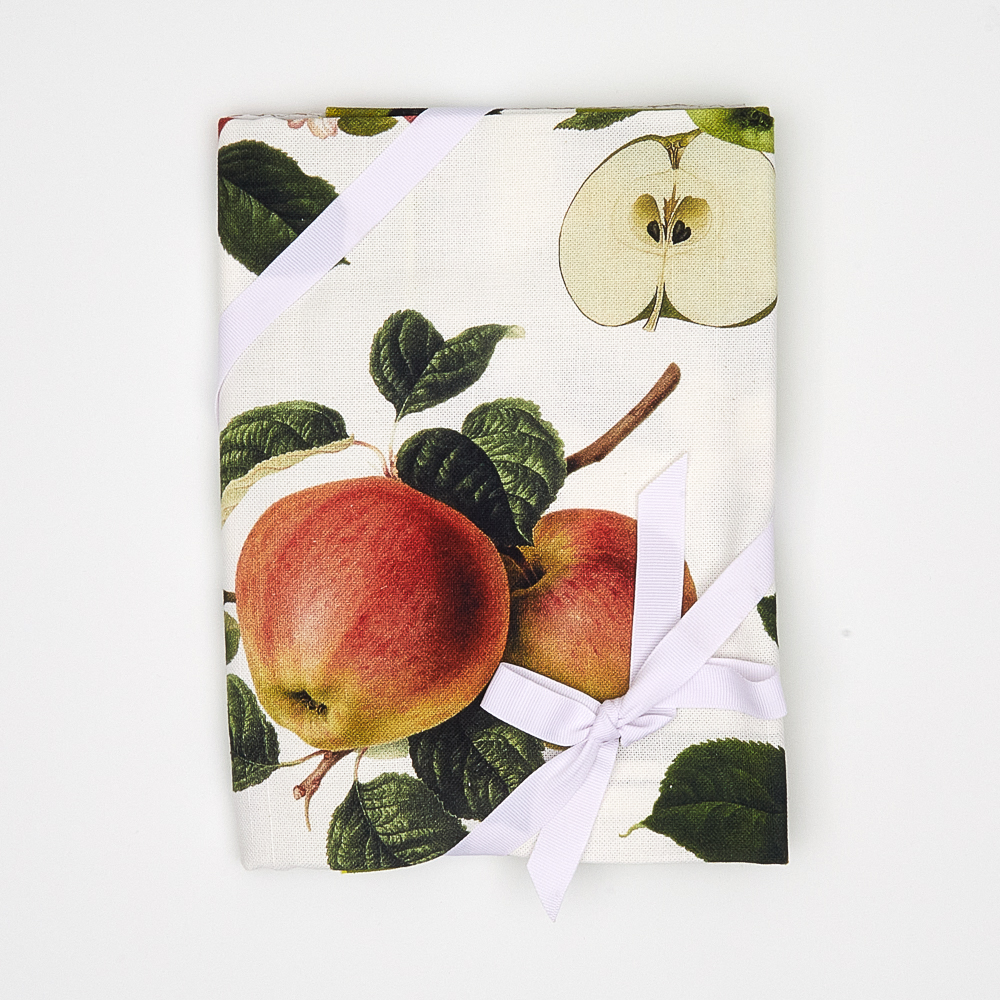


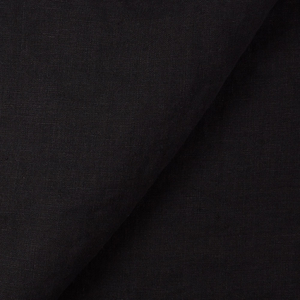

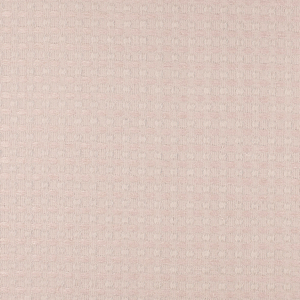
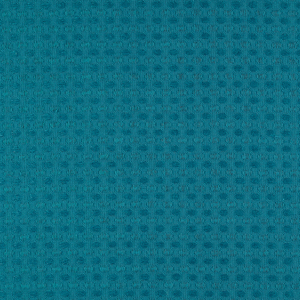
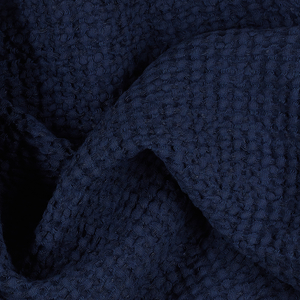
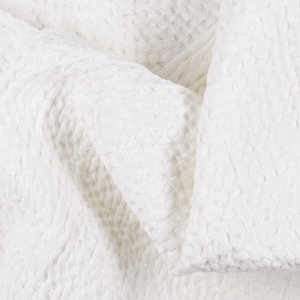

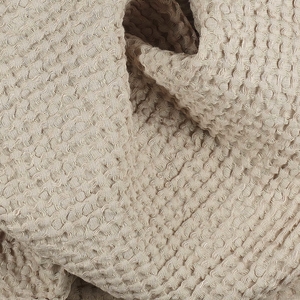
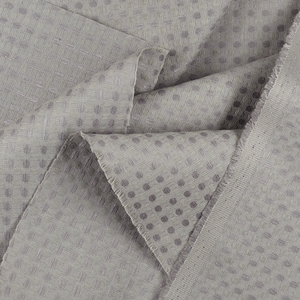

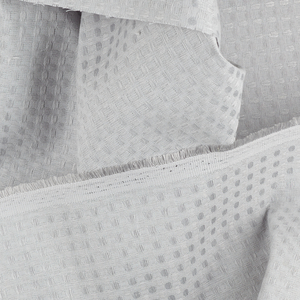

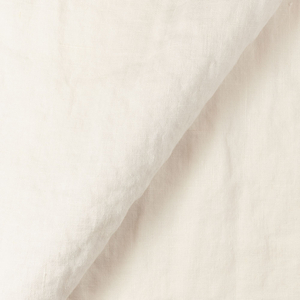
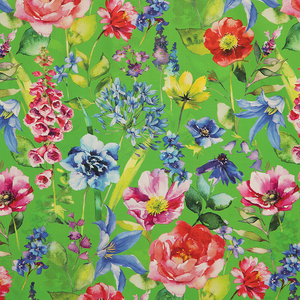
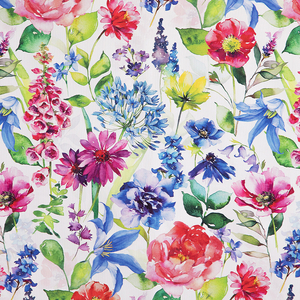
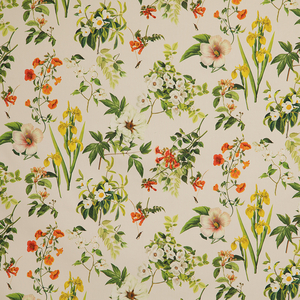
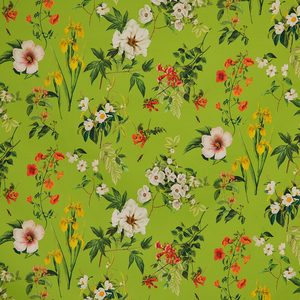
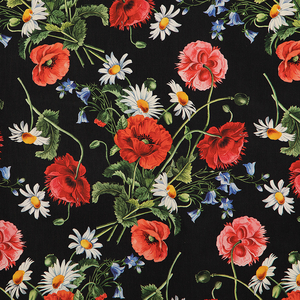
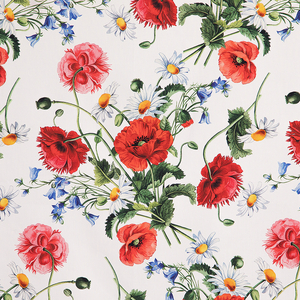
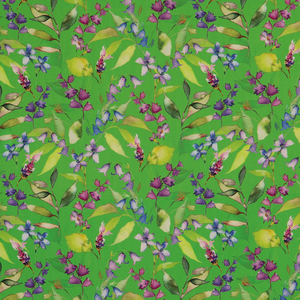
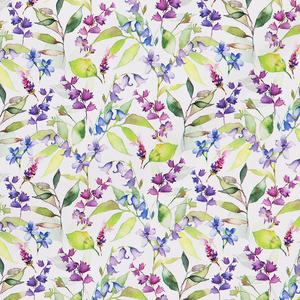




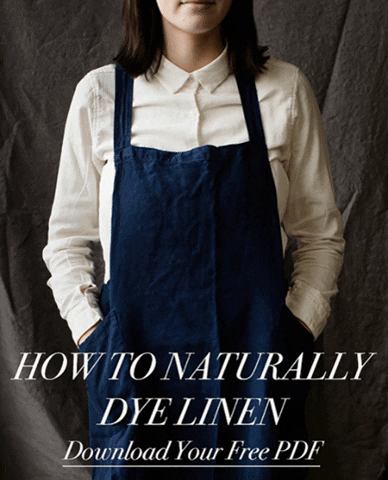

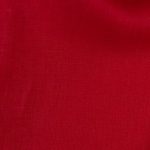
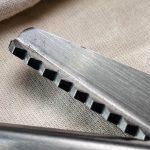
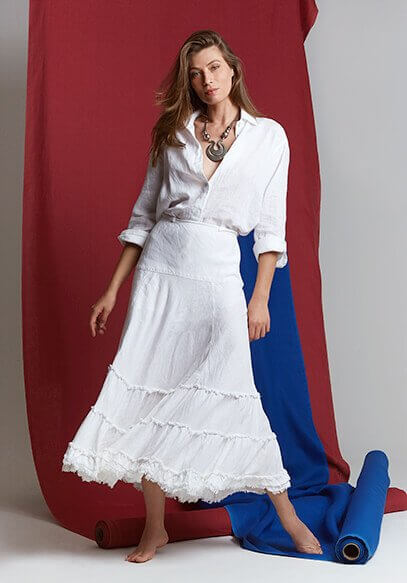
4 Comments
Janet Baker
For most of the tutorials I’ve tried to use on this site, I end up googling the topic on Youtube instead, because It is difficult to see what is being demonstrated here due to the absence of contrasting thread (to show a stitching line or other stitching technique) and/or the absence of contrasting right and wrong side, both standards for experienced Youtube tutorials.
Lorraine Theroux
Very helpful – and some of the techniques are not standard ones!
Patty Nouraie
I just now read through the tutorials. Please keep doing this. They are so helpful! And, of course, I love sewing with all your fabrics. ?
Metra Christofferson
Please do continue the series! They are helpful always, and a great reference.